The Bangalore Method of Composting is a remarkable approach to managing organic waste in an eco-friendly and efficient manner. In this method, science meets sustainability, creating a win-win solution for waste management. Unlike conventional practices, the Bangalore Method focuses on turning organic waste into nutrient-rich compost through a carefully designed process.
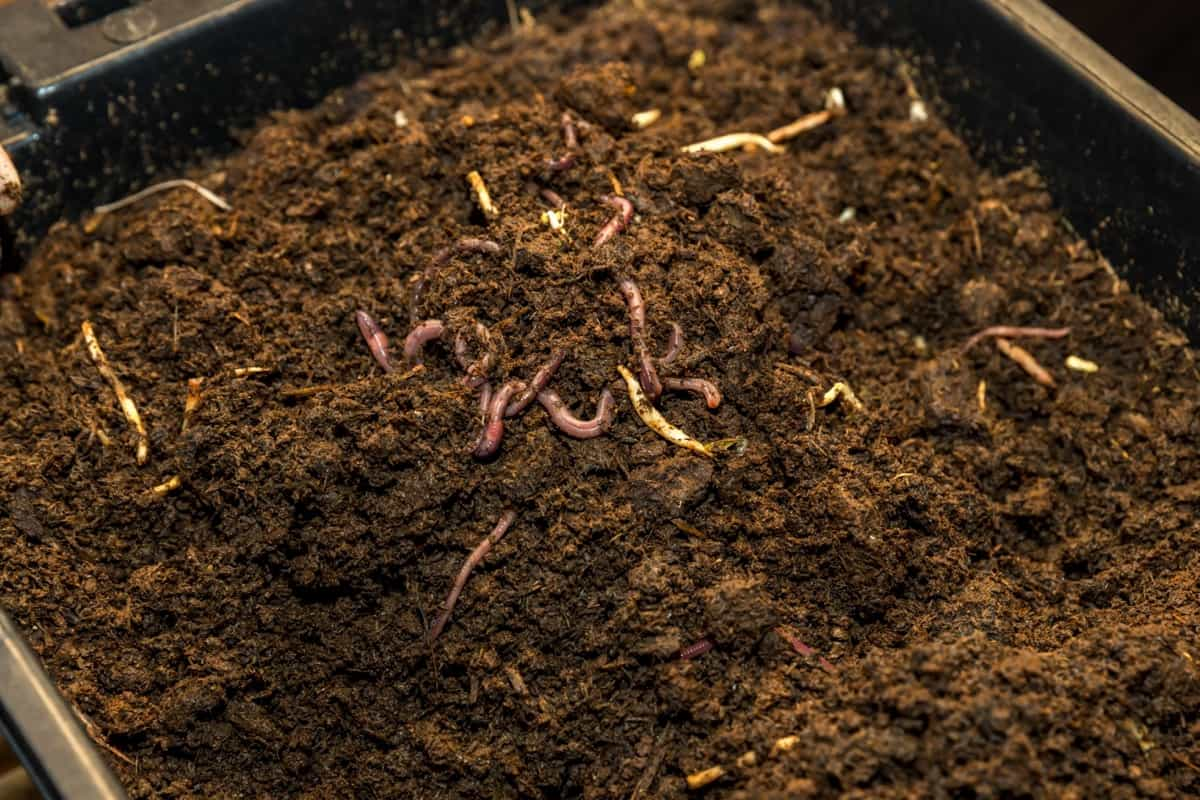
Its simplicity makes it special, making it accessible to both urban and rural communities. This blog will explore the science behind this method, its benefits, and how to implement it at home.
Bangalore Method of Composting
What is Composting?
Composting is a natural and environmentally friendly process that transforms organic materials, such as kitchen scraps, yard waste, and leaves, into nutrient-rich soil conditioners known as compost. It involves decomposing these materials by microorganisms like bacteria, fungi, and insects, breaking them into simpler substances.
Composting provides numerous benefits, including enriching soil with essential nutrients, improving soil structure, and enhancing water retention. It also reduces the need for chemical fertilizers and lowers greenhouse gas emissions from landfills.
Benefits of Composting
- Enhanced Soil Fertility: Compost enriches soil by increasing its nutrient content. It contains essential elements like nitrogen, phosphorus, and potassium, promoting healthier plant growth.
- Improved Soil Structure: Compost enhances soil structure, making it more crumbly and better at retaining moisture. This improves root penetration and aeration.
- Reduced Need for Chemical Fertilizers: Using compost reduces the dependence on chemical fertilizers, lowering the risk of soil degradation and water pollution.
- Enhanced Water Retention: Compost improves soil’s water-holding capacity, reducing the need for irrigation and conserving water.
- Mitigation of Soil Erosion: Compost helps prevent soil erosion by stabilizing the soil surface and reducing runoff during heavy rainfall.
- Carbon Sequestration: Composting sequesters carbon dioxide, acting as a carbon sink and helping combat climate change.
- Reduced Greenhouse Gases Emissions: By diverting organic waste from landfills, composting reduces methane emissions, a potent greenhouse gas.
- Healthy Microbial Activity: Compost supports beneficial microbial communities in the soil, enhancing nutrient cycling and disease suppression.
- Weed and Pest Suppression: Compost can naturally inhibit weed growth and deter certain pests, reducing the need for herbicides and pesticides.
- Sustainable Waste Management: Composting diverts organic waste from landfills, extending landfill lifespans and reducing the environmental impact of waste disposal.
In case you missed it: Benefits of DAP Fertilizer: Price, Composition, How and When to Apply
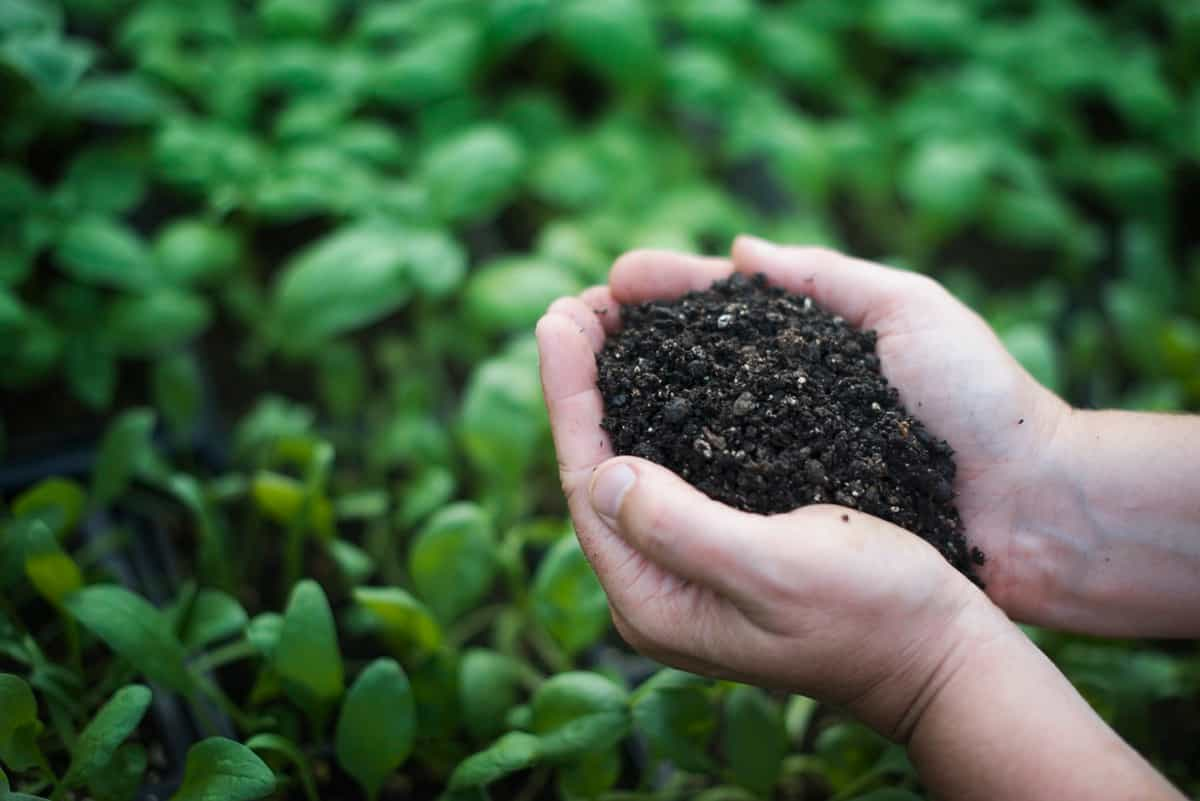
Bangalore Method of Composting: A Sustainable Approach
The Bangalore Method of Composting, developed by Dr. Acharya, is a sustainable approach for managing town residues and night soil through a hot fermentation method. This innovative composting technique is designed to efficiently convert organic waste into nutrient-rich compost.
Hot Fermentation Method: The Bangalore Method uses hot fermentation to break down organic waste efficiently. It harnesses the heat generated during decomposition to accelerate the composting process.
Compost Production Depot Location: The compost production depot is strategically located on the city’s outskirts. This location ensures the composting process is carried out away from densely populated areas, minimizing potential odor issues.
Layered Approach: The method begins by filling a trench with organic refuse to a height of about 15 cm. This may include various forms of organic waste, such as kitchen scraps and plant matter.
Incorporating Night Soil: Night soil, a valuable source of nutrients, is spread over the layer of organic refuse to a depth of approximately 5 cm. This addition introduces essential nitrogen and organic matter into the composting mix.
Alternating Layers: The composting pit is filled in layers, alternating between organic refuse and night soil. This layering continues until the pit is filled to a height of 15 cm above the ground level.
Dome-Shaped Covering: To optimize the composting conditions, the top layer of the pit is formed into a dome shape. A thin red earth or mud layer is applied to the top surface. This covering serves multiple purposes, including retaining moisture and preventing the breeding of flies.
Passive Composting Period: Once the layers are in place and the pit is covered, the materials are left undisturbed for approximately three months. During this period, the hot fermentation process occurs, facilitated by the microbial activity breaking down the organic matter.
Nutrient-Rich Compost: The result of this composting method is a nutrient-rich compost product. Analysis has shown that the compost typically contains around 1.5% nitrogen (N), 1.0% phosphorus (P2O), and 1.5% potassium (K2O). These nutrient levels make the compost valuable for enhancing soil fertility and promoting plant growth.
Bangalore’s Successful Composting Technique
“Bangalore Method” is a sustainable and effective approach to organic waste management. It focuses on decentralized composting, encouraging on-site composting instead of transporting waste to distant landfills. This method suits urban areas with space and waste disposal challenges.
In case you missed it: The Sustainable Solution: Bio-composting with Agricultural By-products
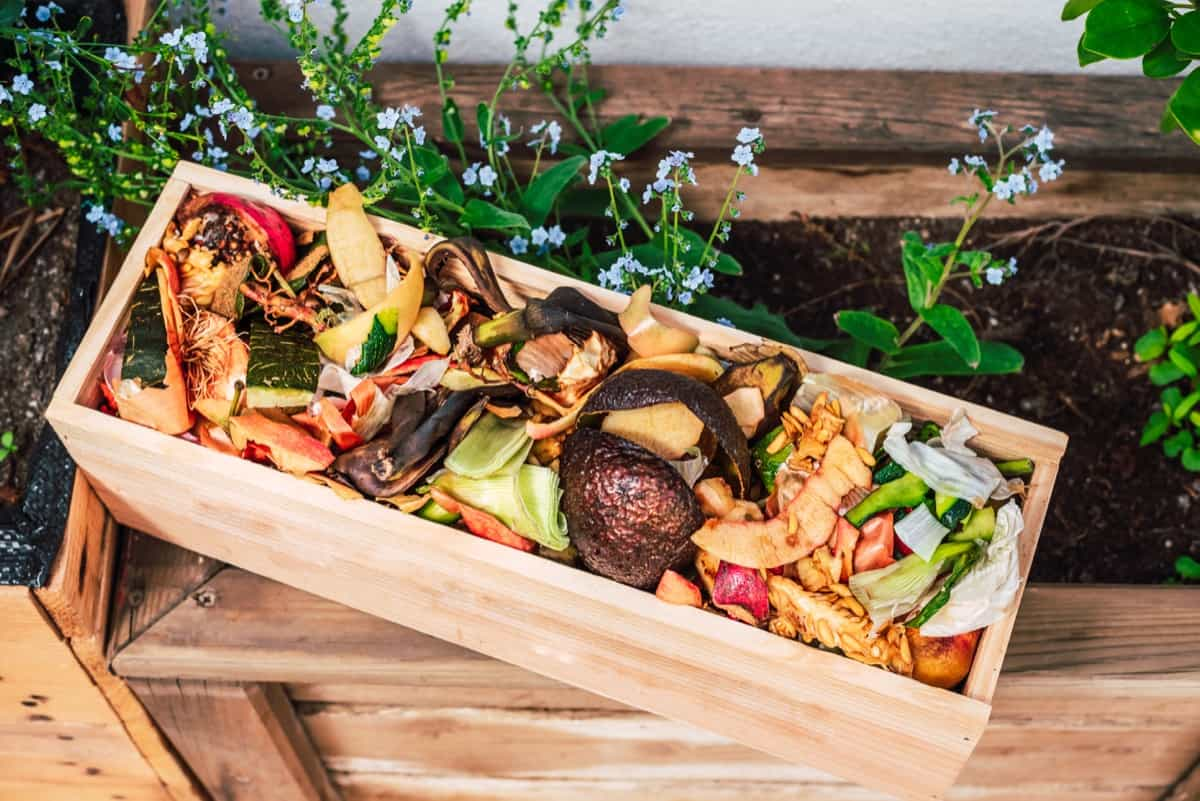
The Bangalore Method uses specially designed composting pits or trenches to layer organic waste, such as kitchen scraps, yard trimmings, and night soil, with nitrogen-rich night soil accelerating decomposition. The layers are balanced to ensure a mixture of carbon-rich and nitrogen-rich materials.
The passive composting period, which takes about three months, heats the compost, leading to hot fermentation. This process reduces waste volume and sanitizes it, making it safe for use as compost. The resulting nutrient-rich compost, with nitrogen, phosphorus, and potassium, enhances soil fertility and structure. By diverting organic waste from landfills, the Bangalore Method reduces greenhouse gas emissions and mitigates environmental pollution.
Advantages of Bangalore Method of Composting
Weather Protection: One of the notable advantages is that compost produced through this method is shielded from altering weather conditions. The dome-shaped covering of soil or earth acts as a protective barrier, preventing rainwater from saturating the compost and maintaining ideal conditions for decomposition.
Fly and Moisture Control: Using a protective covering effectively addresses problems such as the breeding of flies and moisture loss. It creates a sealed environment that discourages fly infestations and minimizes evaporation, ensuring optimal composting conditions.
Low Maintenance: Unlike composting methods that require regular turning to aerate the pile, the Bangalore Method is designed to be passive. There’s no need for frequent turning, which simplifies the composting process and reduces labor.
Rain Protection: Particularly important in regions with seasonal rainfall, this method ensures that the compost remains dry during heavy rains, preventing waterlogged conditions that can impede decomposition.
Disadvantages of Bangalore Method of Composting
Slow Decomposition: A notable drawback is that this method requires a relatively long time to stabilize materials. Compost production typically takes six to eight months. While this ensures thorough decomposition, it may not suit those seeking quicker results.
Space Requirements: The pits or trenches used in the Bangalore Method can occupy a significant amount of space. This can be a limitation for individuals with limited backyard or garden space for composting.
Cost: The method may be expensive, particularly if specialized pits or trench construction is required. The initial investment in creating suitable composting infrastructure can deter some users.
In case you missed it: Rock Phosphate in Agriculture: Fertilizer Uses, Composition, and Application for Plants
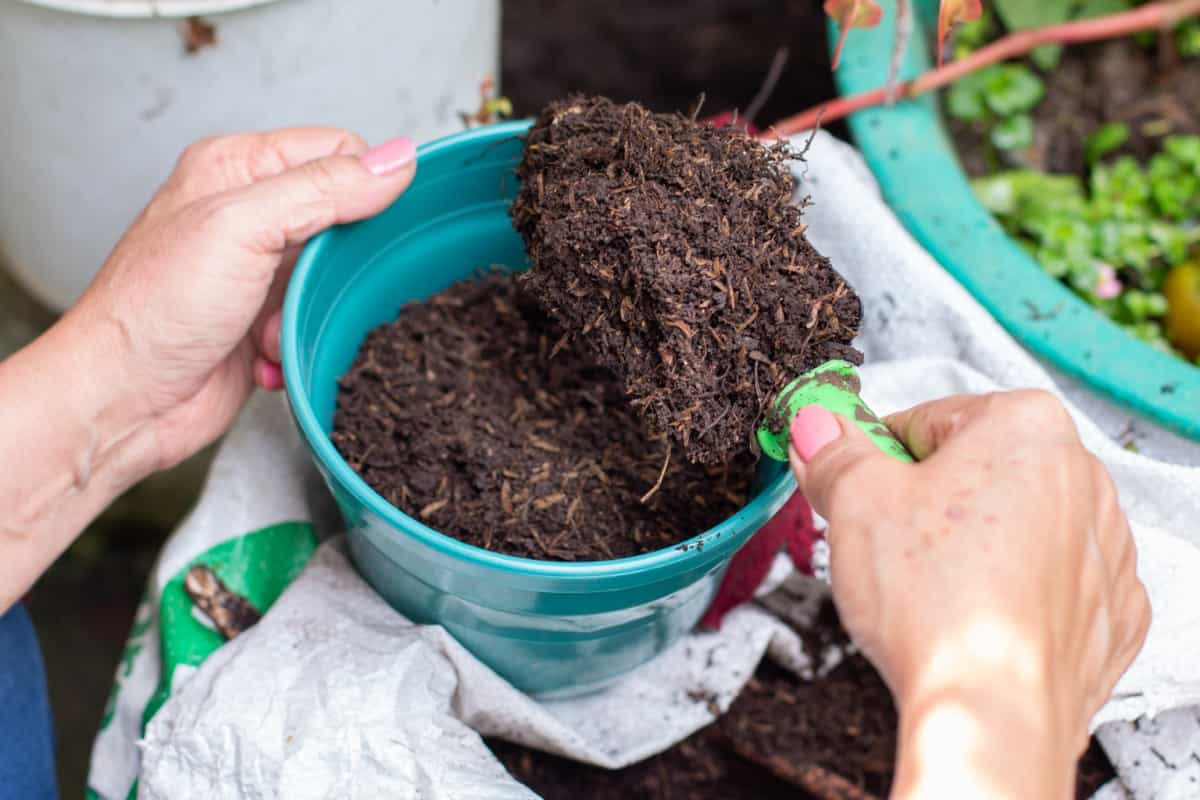
Step-by-Step Guide to Implementing the Bangalore Method at Home
Implementing the Bangalore Method of composting at home is a straightforward process that can help you effectively manage organic waste and produce nutrient-rich compost.
Step 1: Pit Preparation
Begin by digging a pit or trench in your backyard or garden. The pit should be approximately 1 meter deep. The length and breadth of the pit can vary based on the space available and the volume of waste you intend to compost.
Step 2: Filling the Pit
- Add a 15 cm layer of organic residues, such as kitchen scraps and yard waste, at the bottom of the pit. This serves as the foundation for the composting process.
- Next, spread a 5 cm layer of night soil over the organic refuse. Night soil is rich in nitrogen and accelerates decomposition.
- Continue this alternating layering process, adding organic refuse and night soil in layers until the pit is full. Maintaining a balance between carbon-rich and nitrogen-rich materials is important for effective composting.
- After filling the pit, cover it with 15 to 20 cm of organic refuse above the ground level. This final layer helps insulate the composting materials and promotes efficient decomposition.
Step 3: Passive Composting
Once the pit is fully loaded, it’s time to let nature take its course. Leave the pit undisturbed for approximately three months. During this period, microbial activity will heat the compost, initiating the composting process. This passive composting phase reduces the volume of waste.
Step 4: Additional Layering
After three months, open the pit and add more layers of organic refuse and night soil on top of the reduced contents. This ensures that the composting process continues.
Step 5: Final Covering
To complete the process, cover the pit or trench with a layer of soil or earth, shaping it into a dome shape. This covering is a protective barrier, preventing unwanted organisms from entering the compost and reducing moisture loss.
Step 6: Composting Phases
Aerobic composting occurs rapidly for the first 8 to 10 days, followed by a slower anaerobic composting phase.
Step 7: Compost Maturation
Your compost will be ready for use in about six to eight months. It will have transformed into nutrient-rich, humus-like material that can be applied to your garden or plants, improving soil fertility and structure.
Benefits of Adopting the Bangalore Method for Organic Waste Management
- Efficient Waste Reduction: The Bangalore Method transforms organic waste into nutrient-rich compost, significantly reducing the volume of waste in landfills.
- Improved Soil Fertility: The resulting compost is a valuable soil conditioner, enhancing soil fertility and promoting healthier plant growth. It contains major nutrients like nitrogen, phosphorus, and potassium.
- Enhanced Soil Structure: Compost from this method improves soil structure, increasing its ability to water holding capacity and nutrients, benefiting gardens and agricultural fields.
- Reduced Need for Chemical Fertilizers: Using compost produced through this method decreases reliance on chemical fertilizers, reducing environmental pollution and protecting water sources.
- Mitigated Soil Erosion: The compost helps prevent soil erosion by stabilizing the soil surface, reducing runoff, and protecting against soil loss during heavy rainfall.
- Carbon Sequestration: Composting sequesters carbon dioxide, acts as a carbon sink, and contributes to climate change mitigation.
- Lower Greenhouse Gas Emissions: By diverting organic waste from landfills, this method reduces methane emissions, a potent greenhouse gas produced during anaerobic decomposition.
- Sustainable Waste Management: The Bangalore Method encourages decentralized waste management, extending landfill lifespans and promoting responsible waste handling.
- Cost Savings: Reduced waste disposal costs and the availability of nutrient-rich compost for landscaping or farming can result in cost savings for individuals and municipalities.
In case you missed it: How to Make Curry Leaf Plant Bushy: Compost, Homemade, Natural, and Organic Fertilisers to Grow Faster
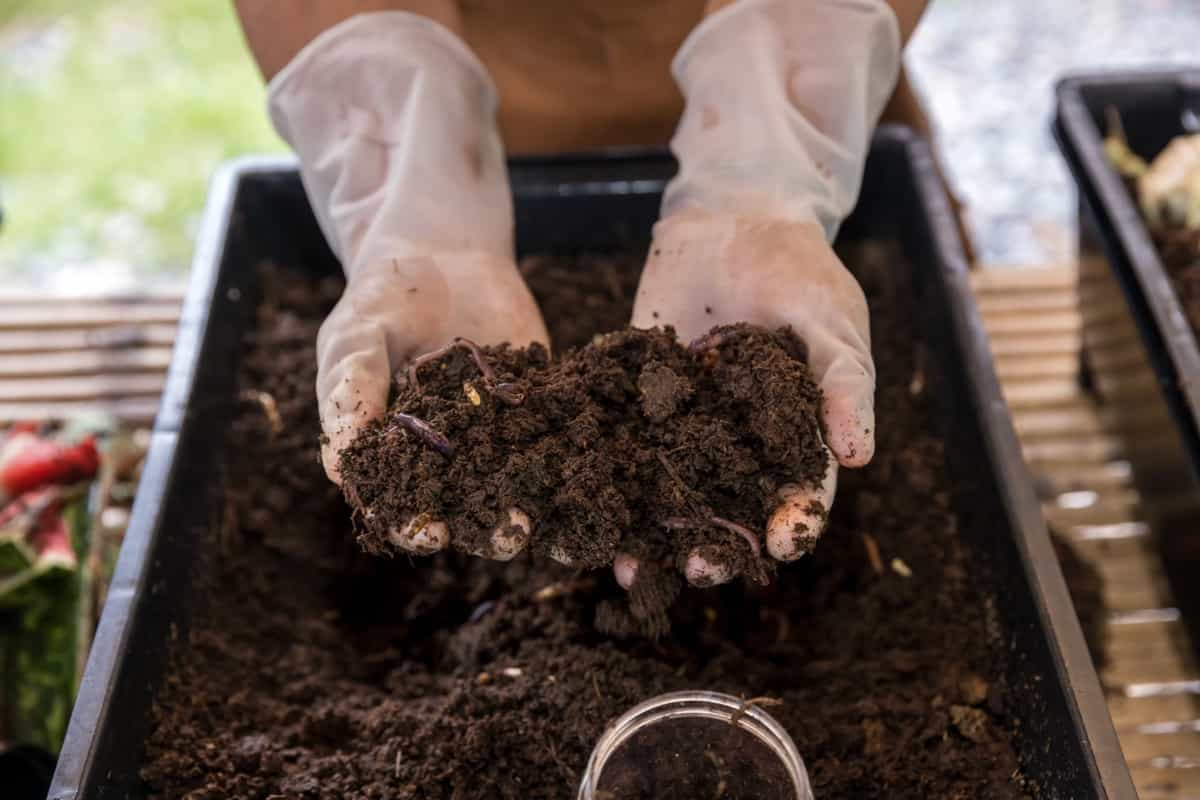
Bangalore’s Composting Model Transformed Waste Management
By implementing decentralized composting methods, the city significantly reduced the burden on landfills. This transformation not only extended landfill lifespans but also curtailed greenhouse gas emissions. The model’s success lies in efficiently converting organic waste into nutrient-rich compost, enhancing soil fertility, and reducing the need for chemical fertilizers. Moreover, it promotes sustainable practices and minimizes environmental pollution.
Innovations in the Bangalore Method: Improving Composting Efficiency
The Bangalore composting method involves several adaptations, including controlled aeration, bioaugmentation, temperature control, quality assurance, mechanized turning, and community engagement. Aerobic composting enhances microbial activity, accelerates decomposition, and reduces composting time, leading to quicker production of nutrient-rich compost. Bioaugmentation adds specific microorganisms to optimize decomposition rates and nutrient conversion.
Advanced composting facilities use temperature control systems to maintain optimal conditions for microbial activity. Quality assurance measures ensure the compost’s nutrient content and safety, while mechanized turning systems improve homogeneity and decomposition rates. Community engagement programs encourage households and businesses to adopt the Bangalore Method, scaling its impact.
Composting in Urban Environments
Urban composting is a sustainable method of recycling organic materials like food scraps, brown waste, and yard waste within city limits. It reduces landfill waste, lowers greenhouse gas emissions, and enriches urban soils. However, success depends on space constraints, proper odor and pest control, community engagement, and compliance with city regulations. Compact solutions like worm bins, compost tumblers, and vertical composting systems are essential.
In case you missed it: Fertilizer Management in Potatoes: Organic, Compost Manure, NPK, and Schedule
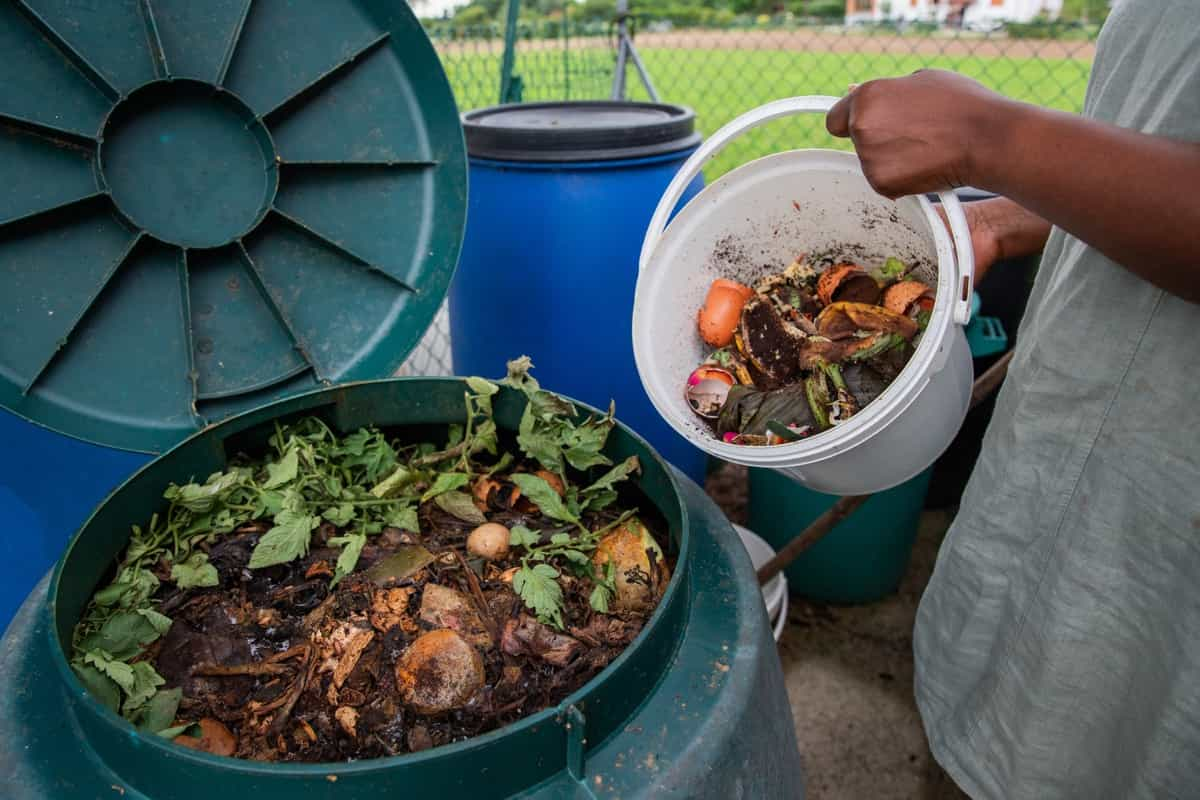
Proper management of odors and pests is crucial, and community engagement is vital. Cities may have specific regulations governing composting practices; understanding and adhering to these is crucial for effective waste management. Urban composting also yields valuable compost, which can be used for community gardens, green spaces, and urban agriculture.
Conclusion
The Bangalore Method of Composting is an innovative and sustainable approach to organic waste management. Efficiently converting waste into valuable compost contributes to cleaner environments and healthier soils, showcasing its environmental significance and practicality.
- Types of Pesticides Used in Agriculture: A Beginner’s Guide
- Economical Aquaculture: A Guide to Low-Budget Fish Farming
- 15 Common Planting Errors That Can Doom Your Fruit Trees
- How to Make Houseplants Bushy: Effective Tips and Ideas
- Innovative Strategies for Boosting Coconut Pollination and Yield
- Pollination Strategies for Maximum Pumpkin Yield
- The Complete Guide to Chicken Fattening: Strategies for Maximum Growth
- Natural Solutions for Tulip Problems: 100% Effective Remedies for Leaf and Bulb-Related Issues
- Revolutionizing Citrus Preservation: Towards a Healthier, Greener Future
- Natural Solutions for Peony Leaf and Flower Problems: 100% Effective Remedies
- Maximizing Profits with Avocado Contract Farming in India: A Comprehensive Guide
- Natural Solutions for Hydrangea Problems: 100% Effective Remedies for Leaf and Flowers
- The Ultimate Guide to Choosing the Perfect Foliage Friend: Bringing Life Indoors
- From Sunlight to Sustainability: 15 Ways to Use Solar Technology in Agriculture
- The Ultimate Guide to Dong Tao Chicken: Exploring from History to Raising
- The Eco-Friendly Makeover: How to Convert Your Unused Swimming Pool into a Fish Pond
- Mastering the Art of Delaware Chicken Farming: Essentials for Healthy Backyard Flocks
- 20 Best Homemade Fertilizers for Money Plant: DIY Recipes and Application Methods
- How to Craft a Comprehensive Free-Range Chicken Farming Business Plan
- Brighten Your Flock: Raising Easter Egger Chickens for Beauty and Bounty
- How to Optimize Your Poultry Egg Farm Business Plan with These Strategies
- Subsidy for Spirulina Cultivation: How Indian Government Schemes Encouraging Spirulina Farmers
- Ultimate Guide to Raising Dominique Chickens: Breeding, Feeding, Egg-Production, and Care
- Mastering the Art of Raising Jersey Giant Chickens: Care, Feeding, and More
- Ultimate Guide to Raising Legbar Chickens: Breeding, Farming Practices, Diet, Egg-Production
- How to Raise Welsummer Chickens: A Comprehensive Guide for Beginners
- How to Protect Indoor Plants in Winter: A Comprehensive Guide
- Ultimate Guide to Grow Bag Gardening: Tips, Tricks, and Planting Ideas for Urban Gardeners
- Guide to Lotus Cultivation: How to Propagate, Plant, Grow, Care, Cost, and Profit
- Agriculture Drone Subsidy Scheme: Government Kisan Subsidy, License, and How to Apply Online
- Ultimate Guide to Raising Araucana Chickens: Breed Profile, Farming Economics, Diet, and Care
- Bringing Hydroponics to Classroom: Importance, Benefits of Learning for School Students
- Ultimate Guide to Raising Polish Chickens: Breed Profile, Farming Economics, Diet, and Care
- Ultimate Guide to Raising Australorp Chickens: Profile, Farming Economics, Egg Production, Diet, and Care
- Silkie Chicken Farming: Raising Practices, Varieties, Egg Production, Diet, and Care
- Sussex Chicken Farming: Raising Practices, Varieties, Egg Production, Diet and Care